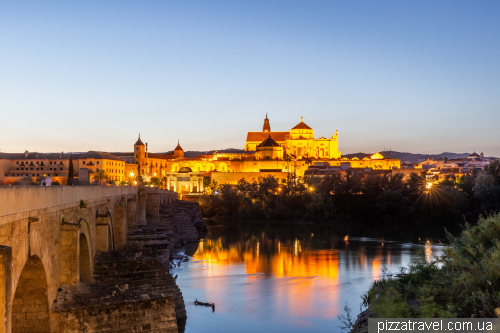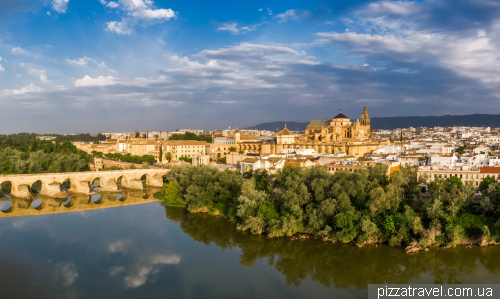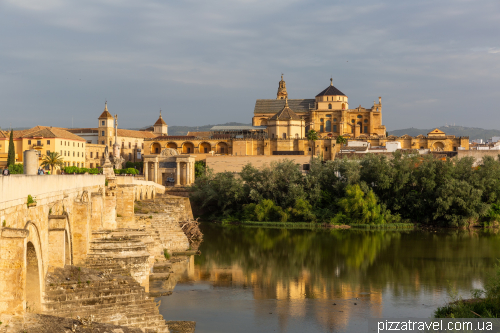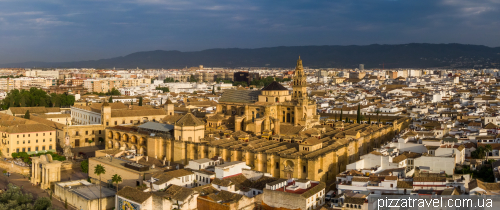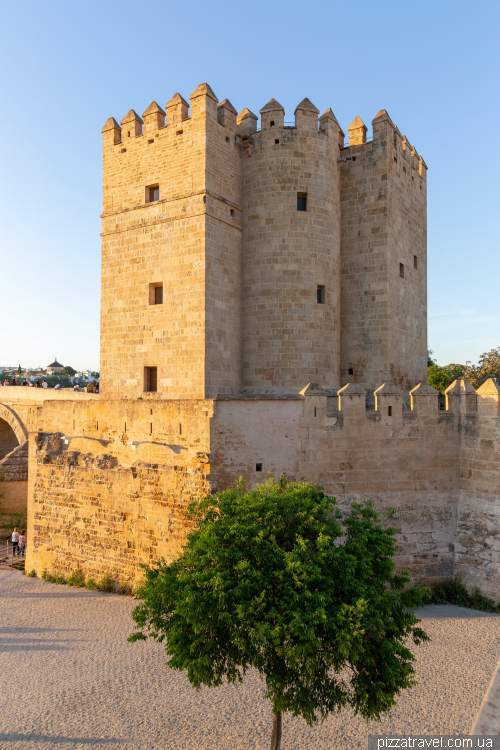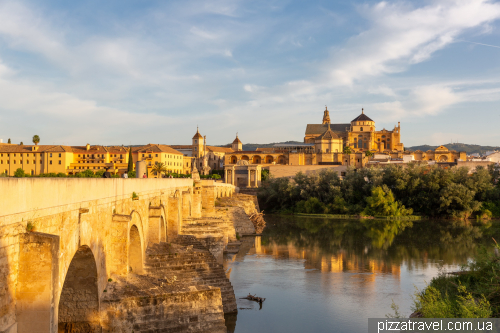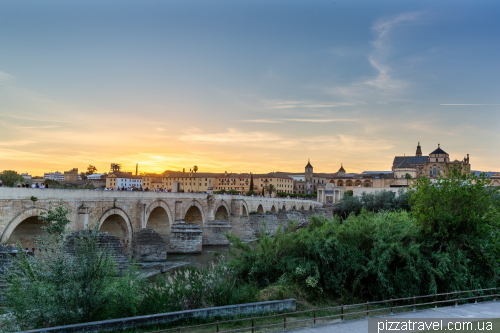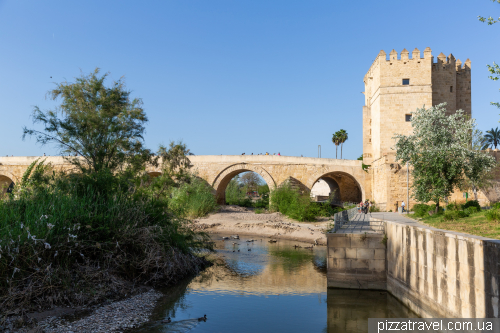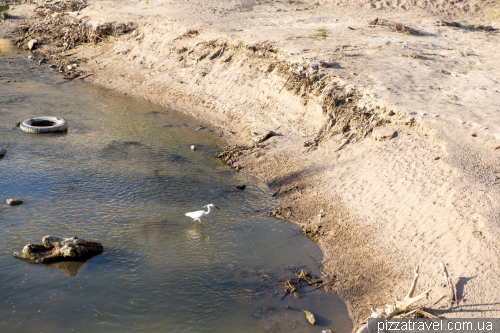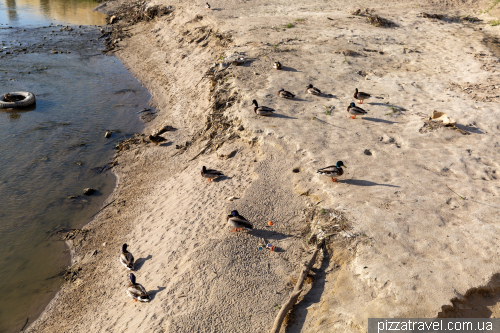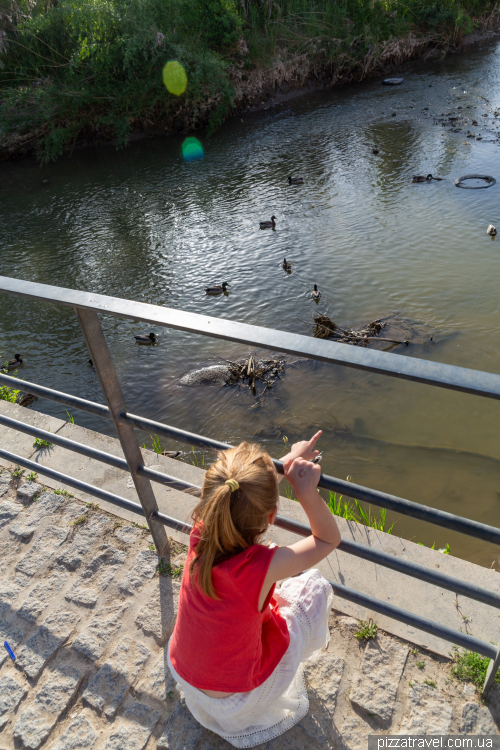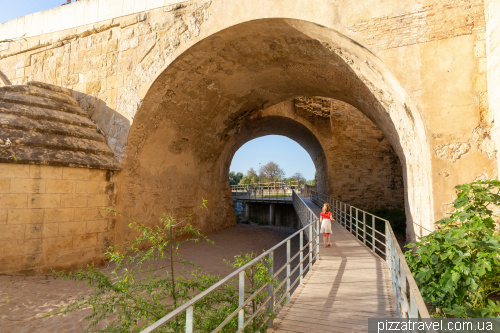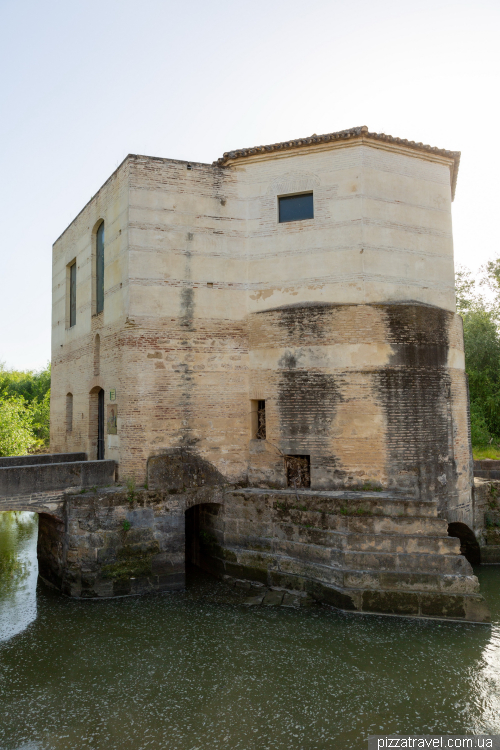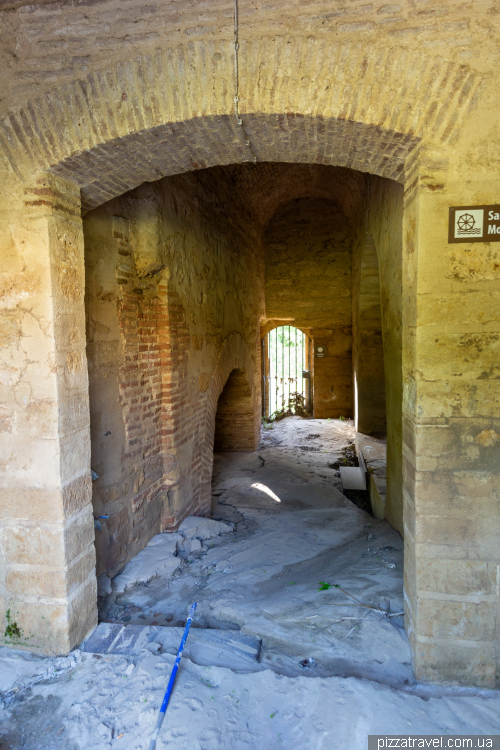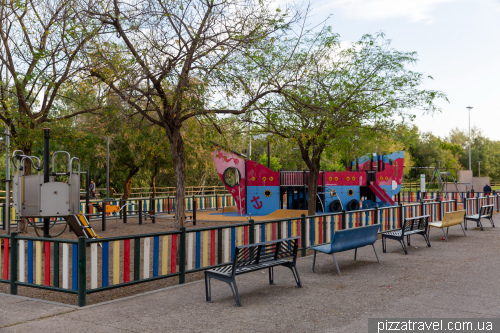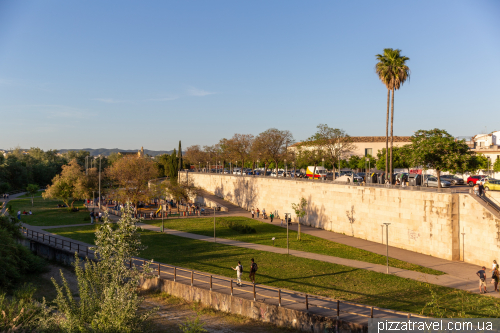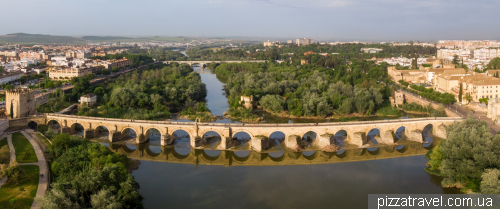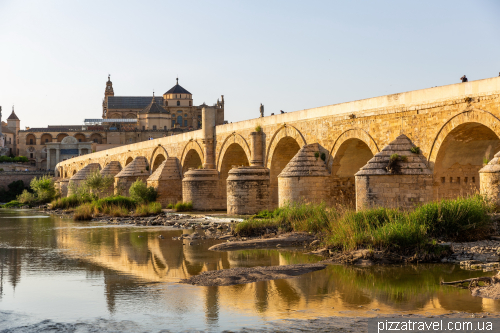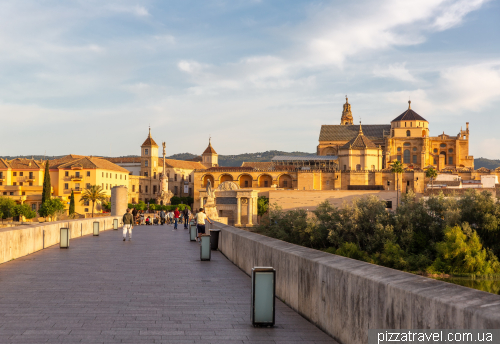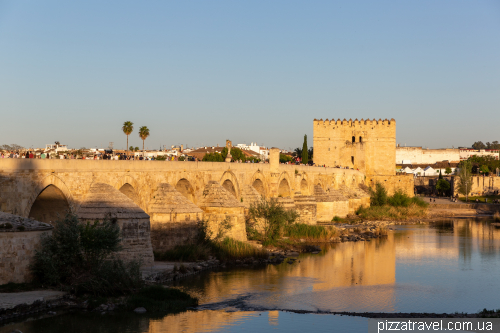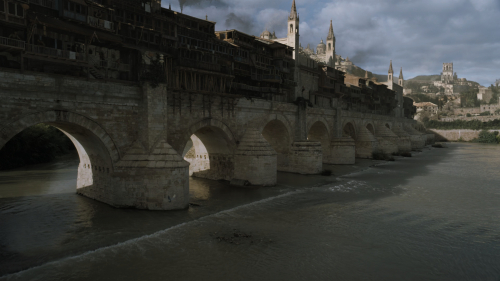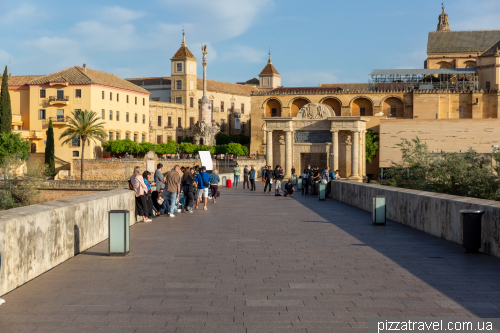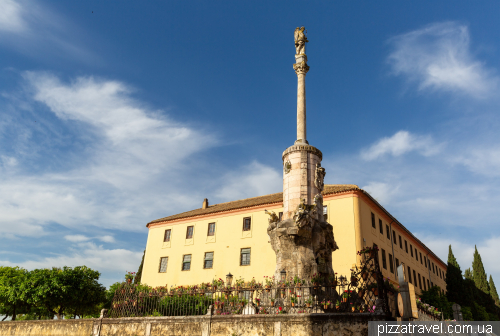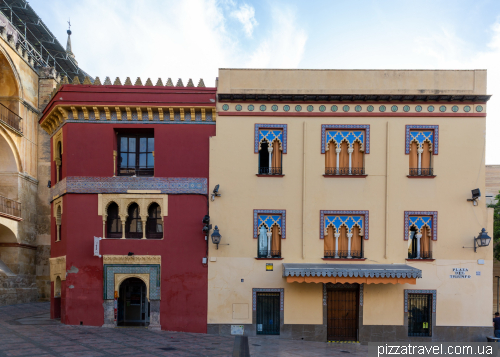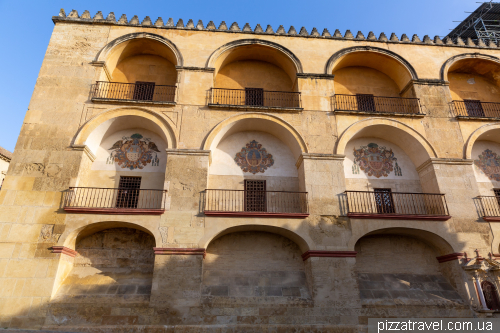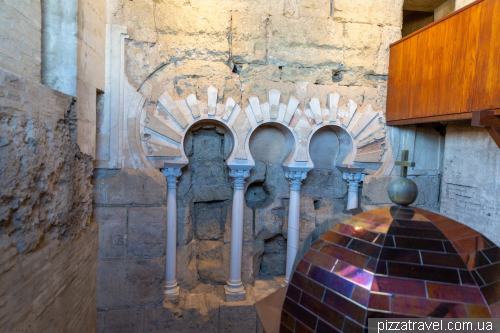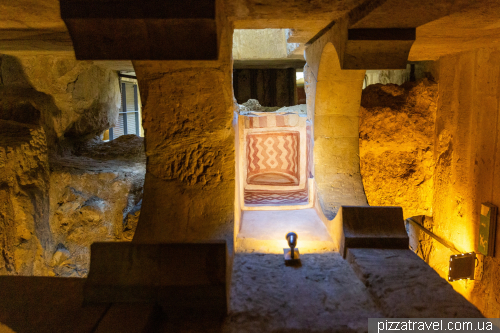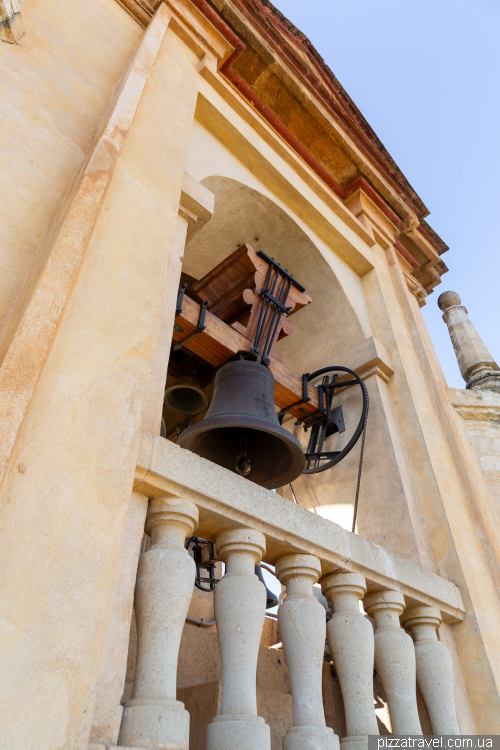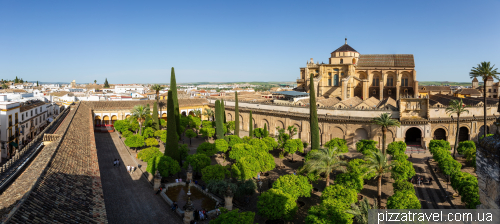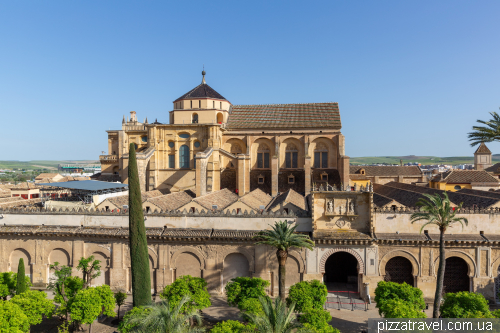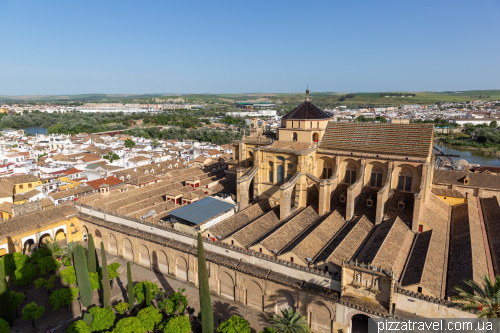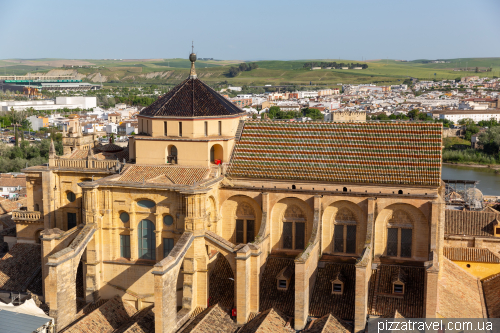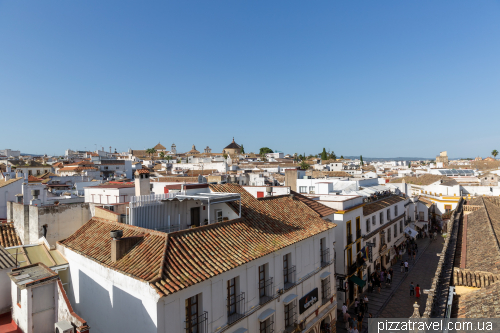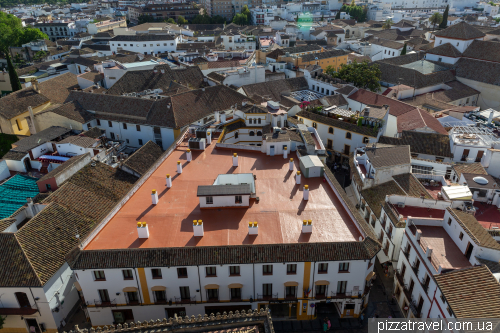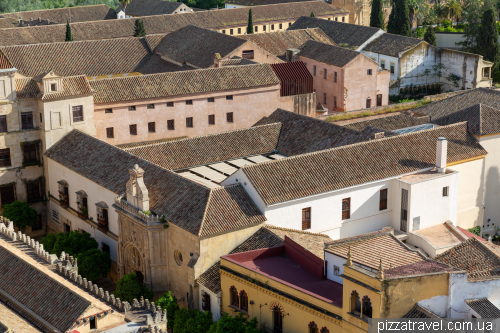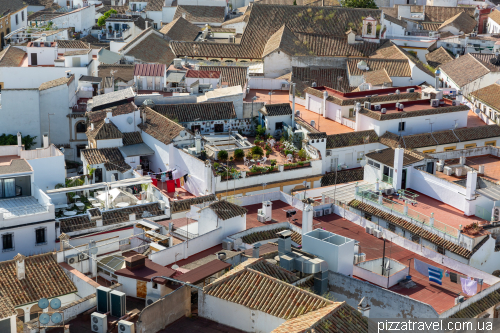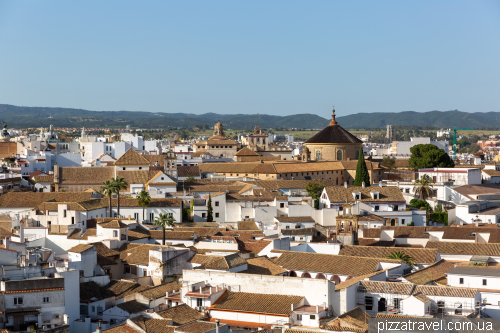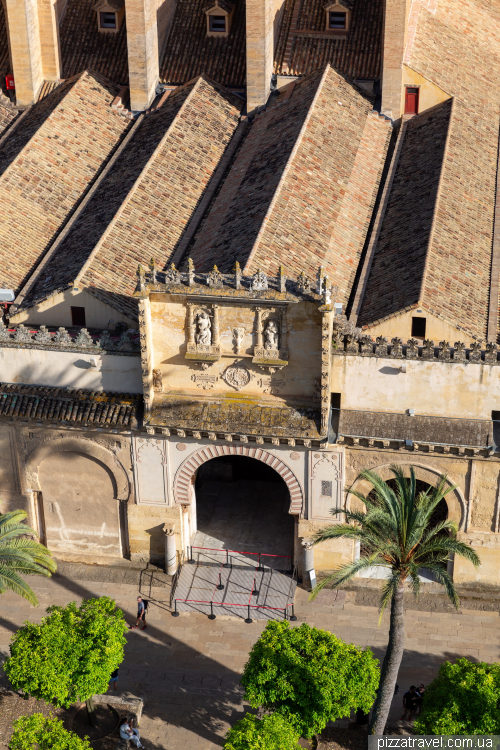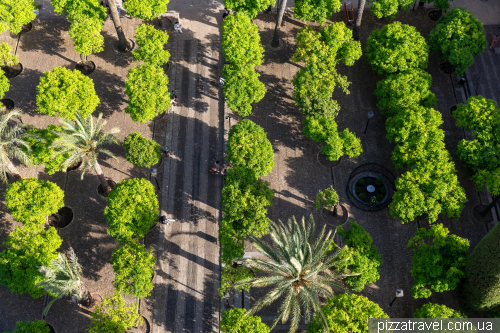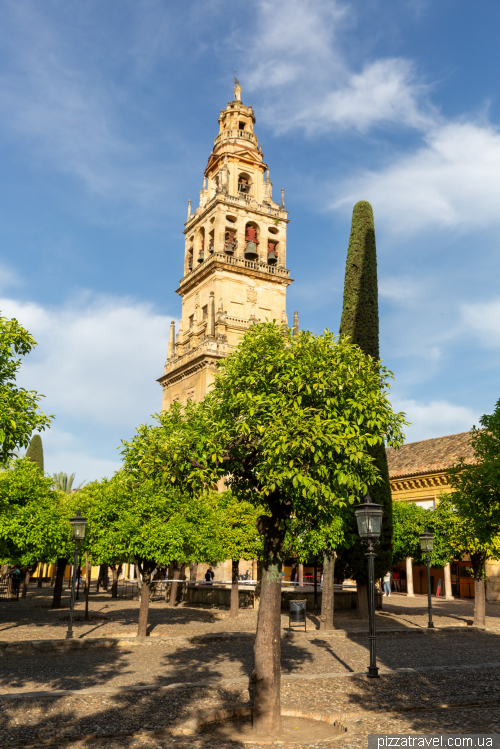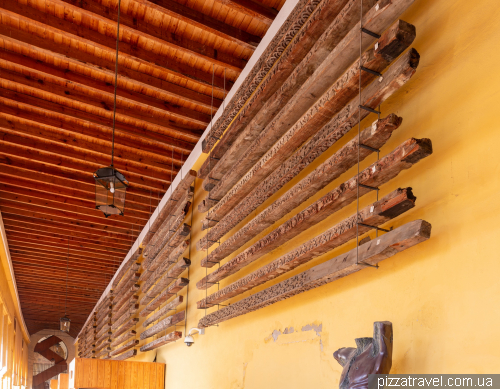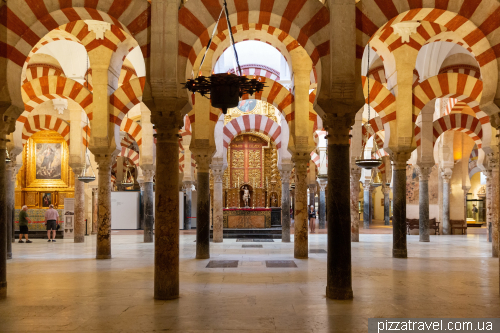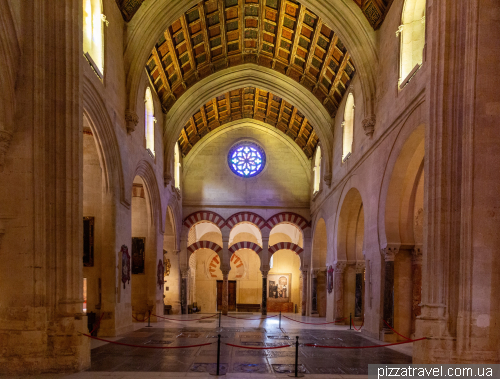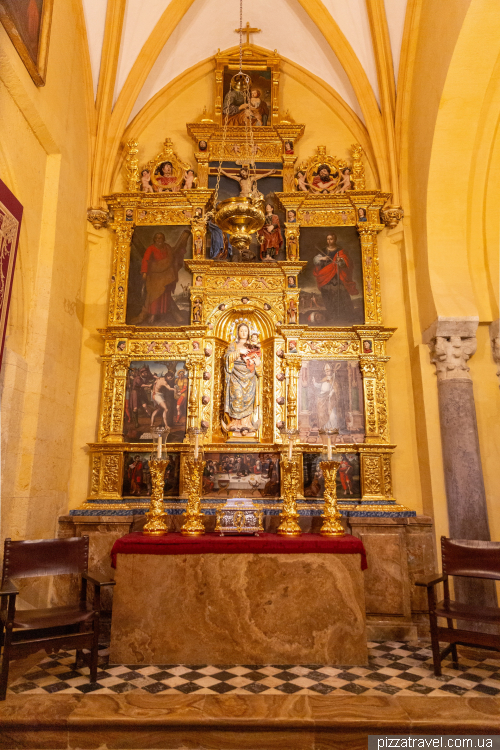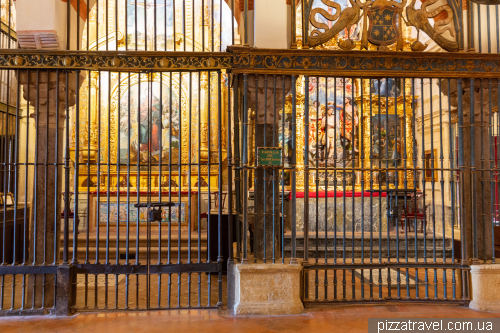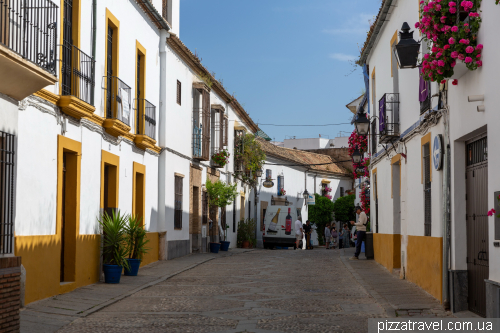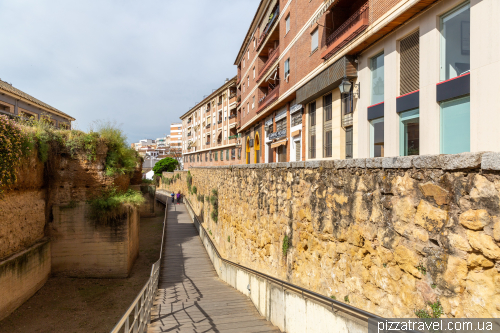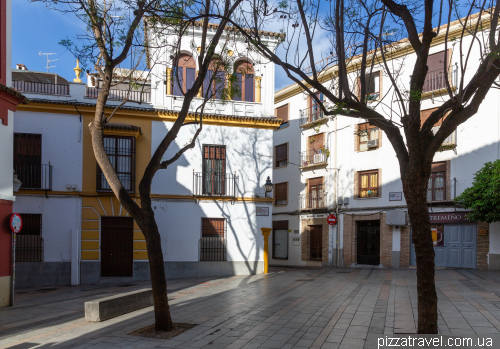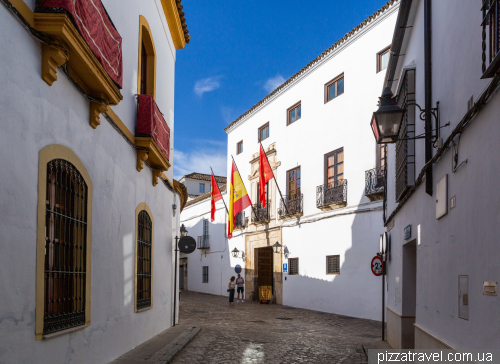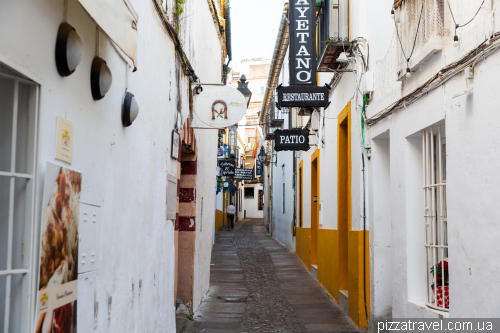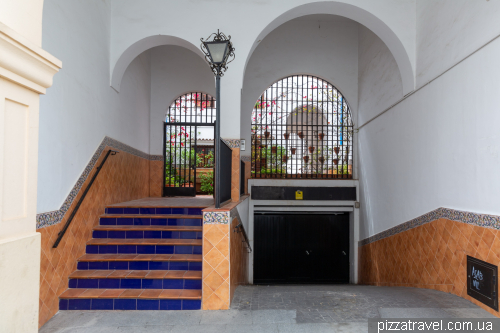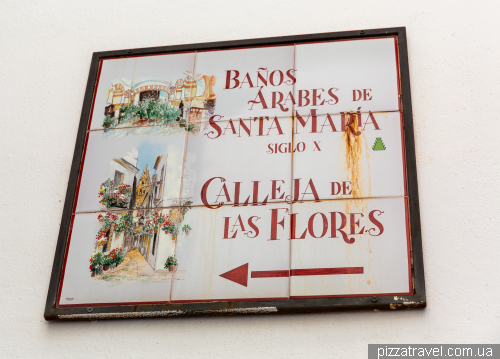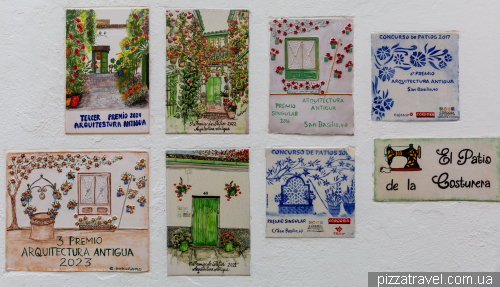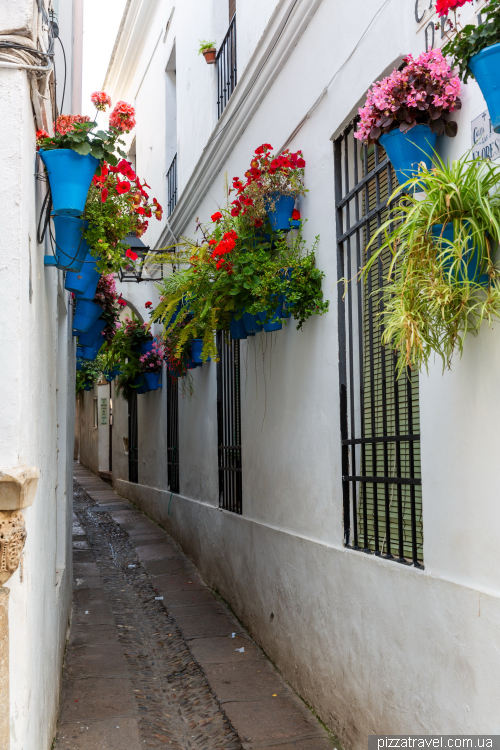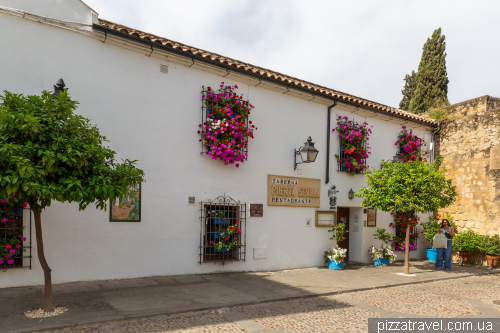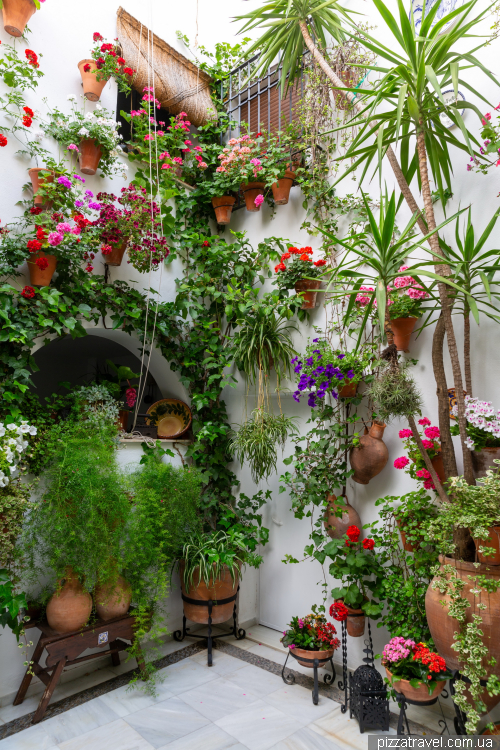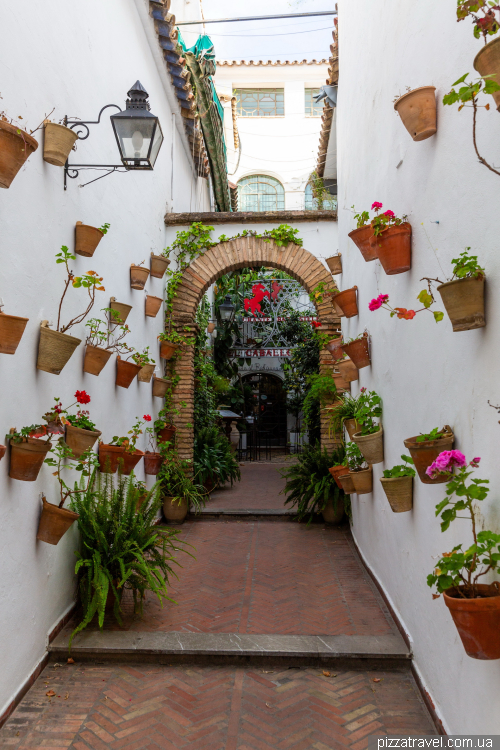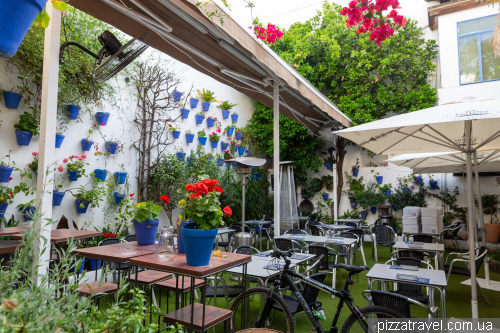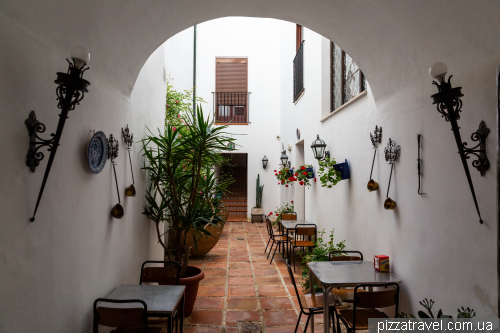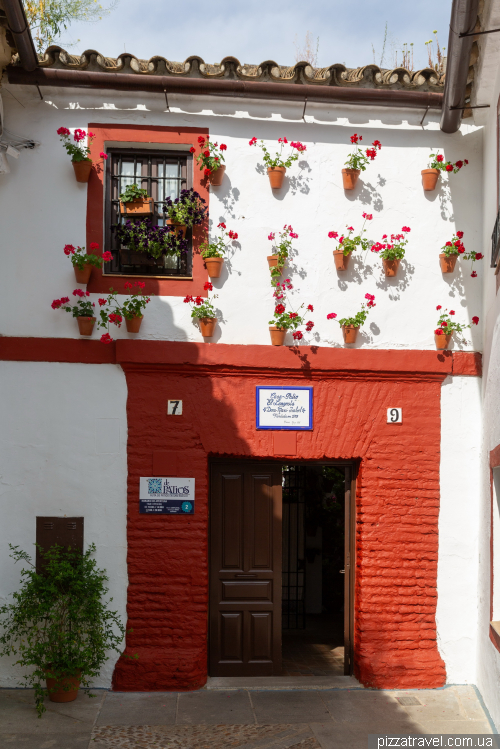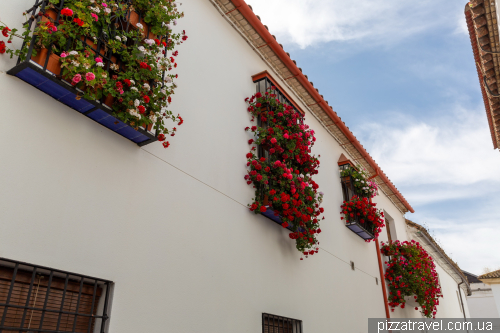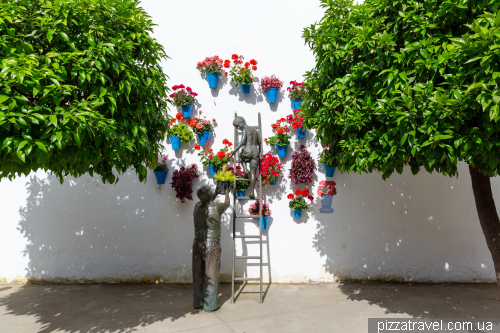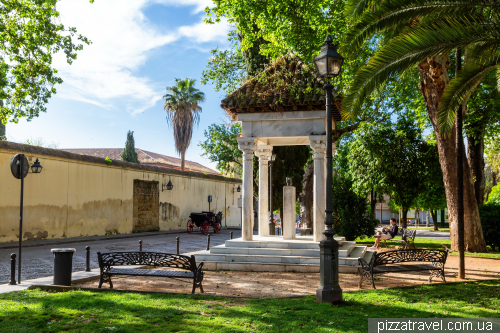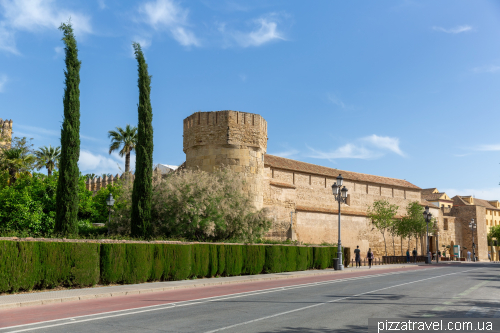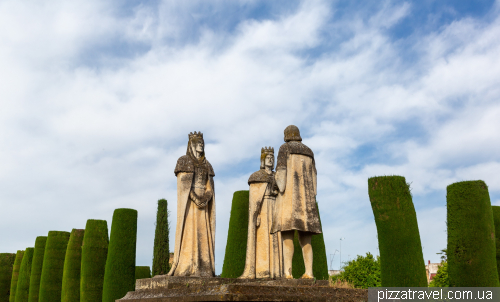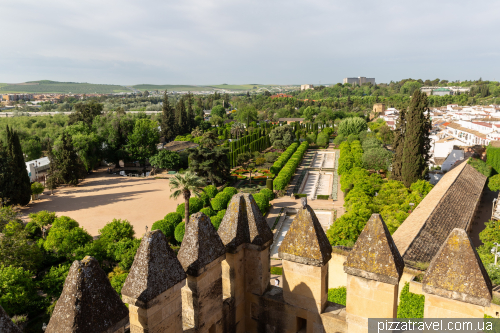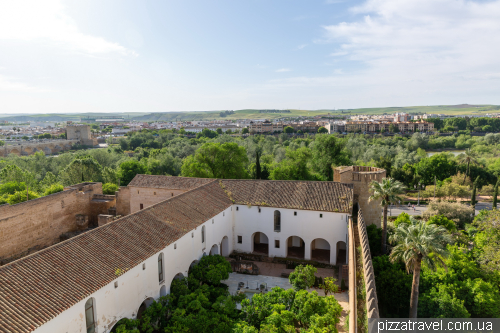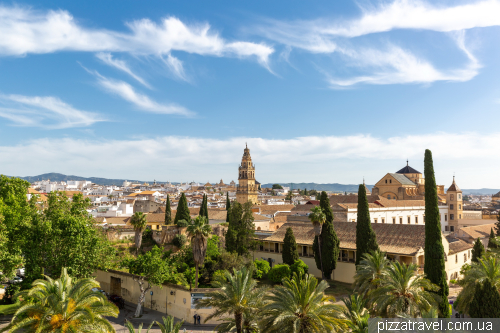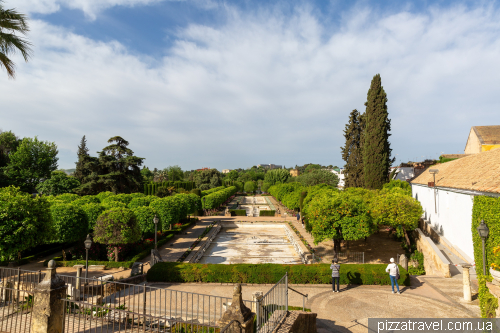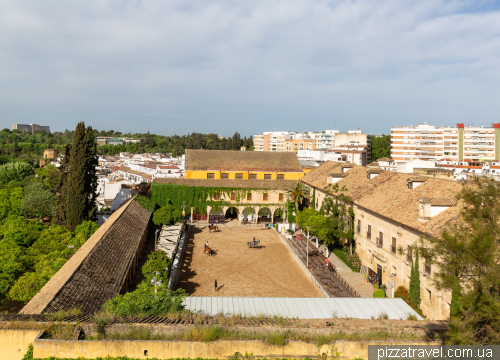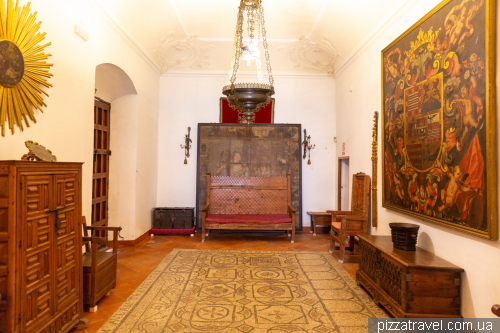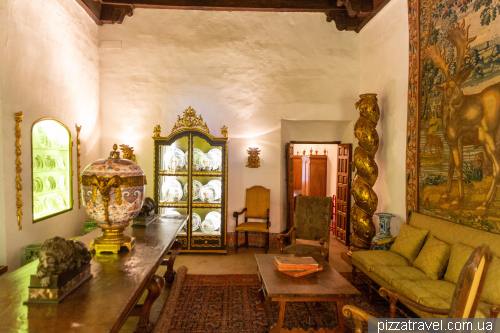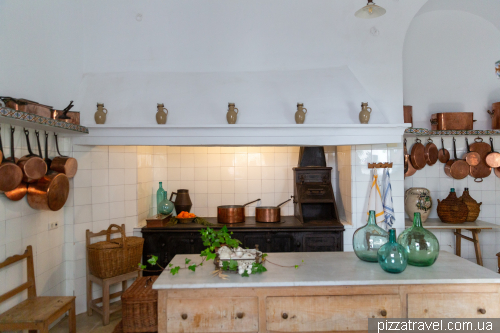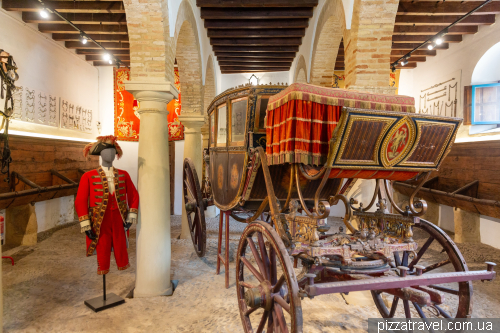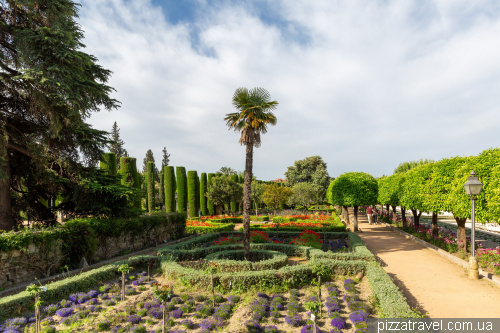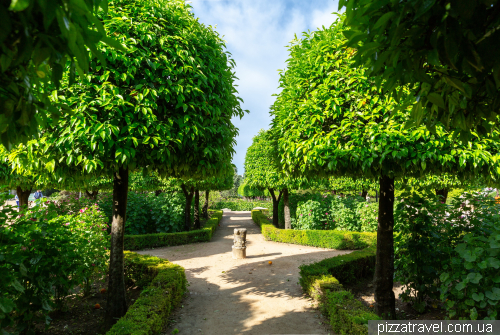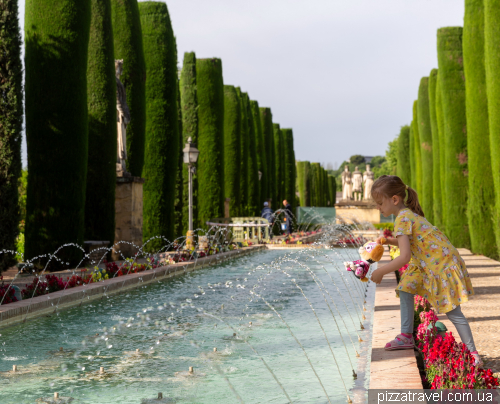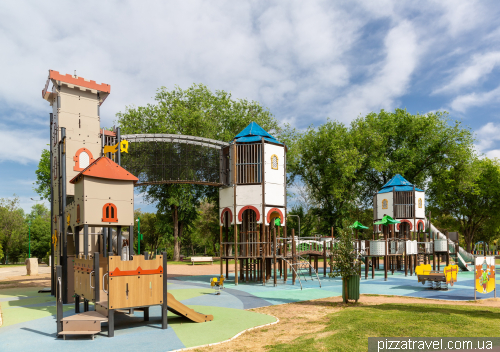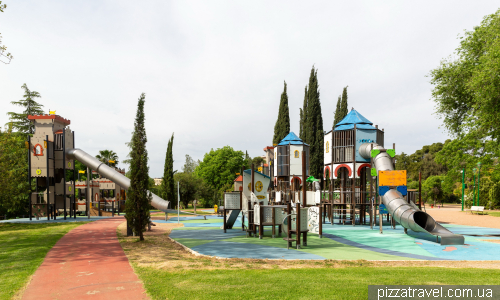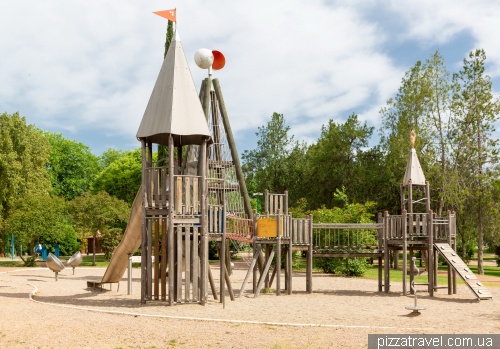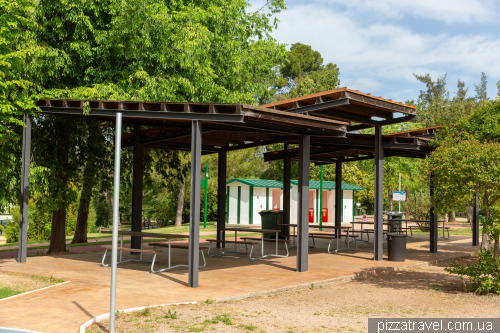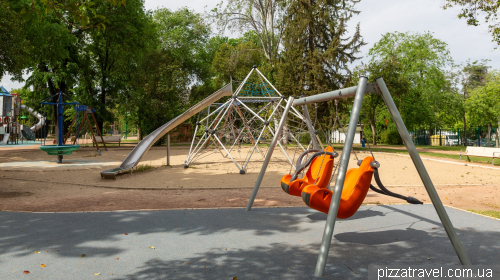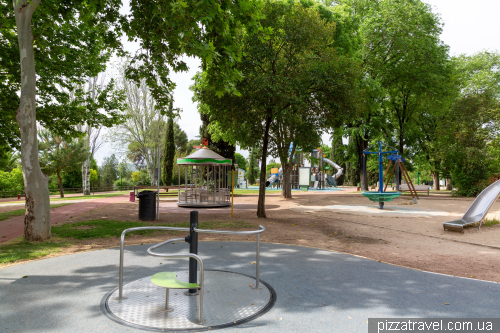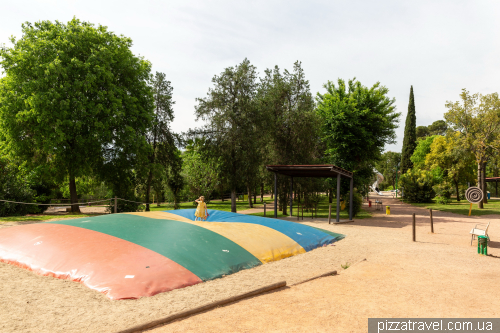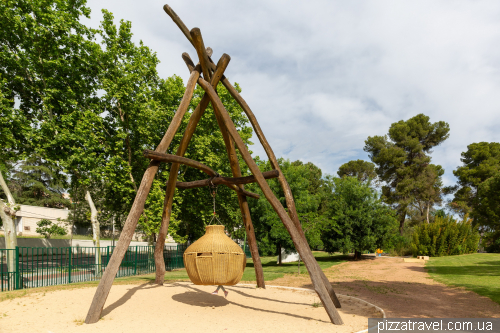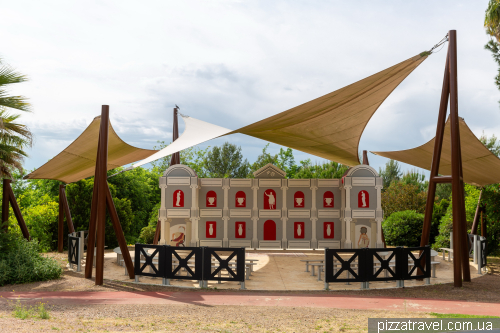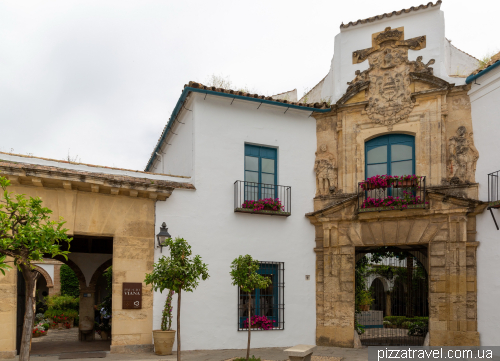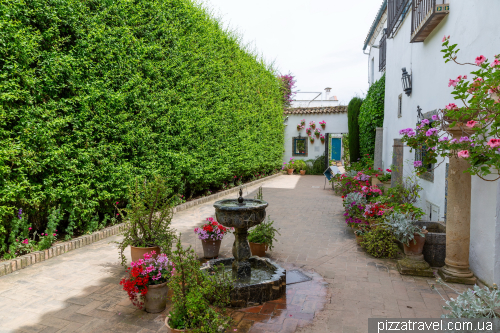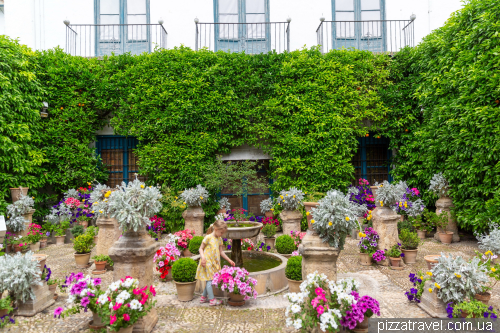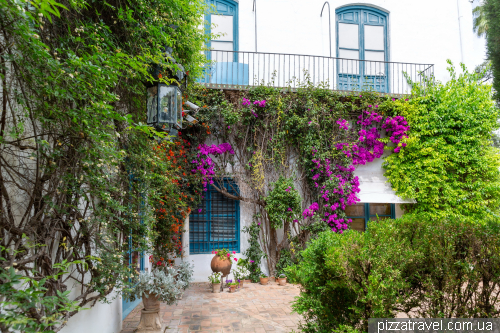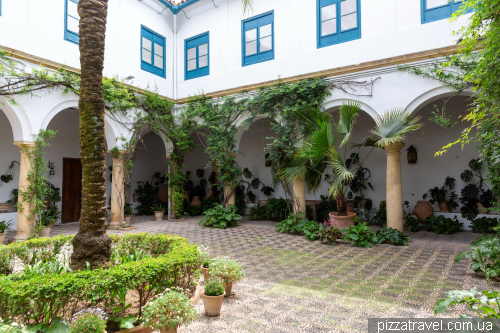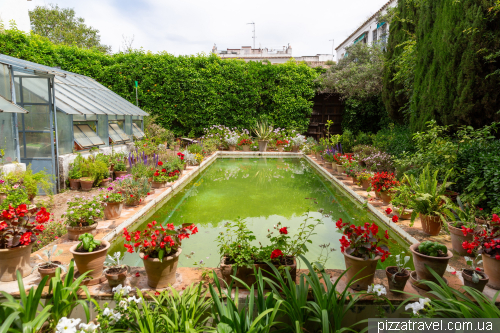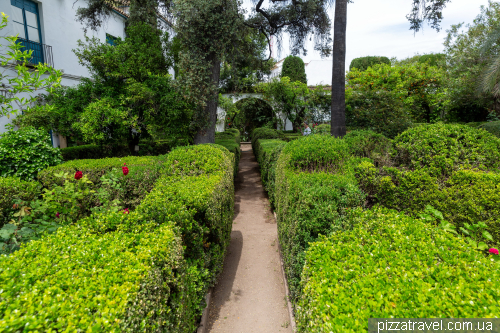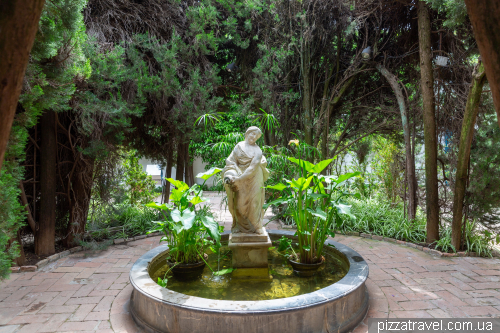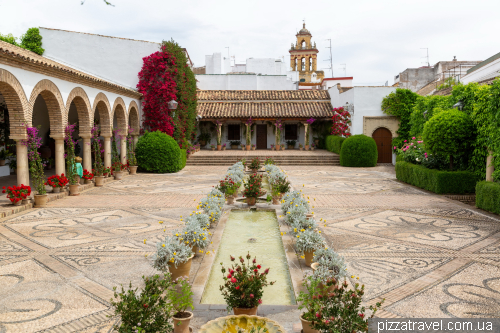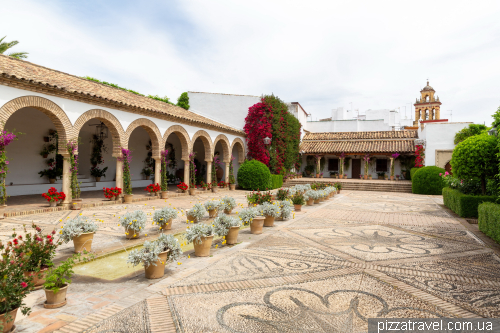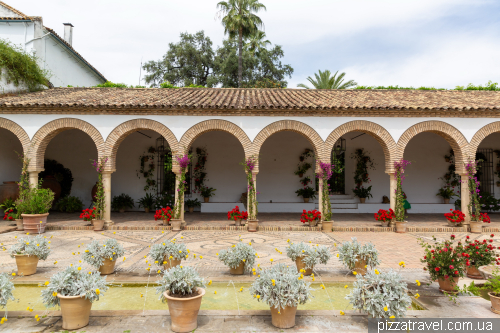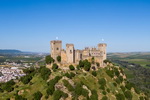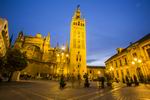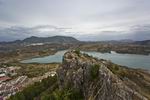The photo was roughly like this, but for some curious reason, the bridge is not illuminated in our photo. It was taken on 29 April 2025, and the day before, there was a massive blackout on the Iberian Peninsula. Cordoba had been without power for more than a day, so on the first day, we walked around and spent the night without electricity, communication, petrol, the internet, the ability to pay by credit card, or any news about what had happened. But everything was calm, people were relaxed, so we weren't worried either.
The city was founded by the Romans in the 2nd century BC, and even then Cordoba became an important administrative centre. In the 8th century, the city was conquered by the Moors and, like many other cities in the region, it was during the Muslim period that Cordoba reached its peak. In the 10th century, it was the largest city in Europe, with a population of about half a million.
It is curious that 100 years later, Cordoba had only 60,000 inhabitants left. The reasons for this lie in the fact that until 1031, Cordoba was the capital of a huge state (the Cordoba Caliphate). After the fall of the caliphate, small emirate states arose in its place, and the capital lost its significance. The centre of power was moved to Seville and Granada, and officials, scholars, craftsmen and merchants moved there.
The Reconquista came in 1236, when Ferdinand III, King of Castile, conquered Córdoba and gradually turned it into a ‘Christian’ city. From the 17th century onwards, the city began to decline, and it was not until the 20th century that Córdoba once again became a tourist and cultural centre.
There are so many attractions in the city that you won't be able to see them all in one day, so we recommend staying overnight. We stayed in an apartment near the Calahorra Tower (booking.com), literally 20 metres away from it. There are many apartments in this neighbourhood, so take your pick. If you are travelling by car, there are no other options, as it is impossible to drive into the old town. And there are plenty of free parking options here. If you are visiting as a tourist, it is a good idea to park here 37.877389, -4.775167 and walk into the city.
The city's calling card is the view from the other side of the river, near the Calahorra Tower. It was built in the 12th century by the Moors to guard the Roman bridge. Now there is a museum inside, and you can climb the tower.
You can go down under the bridge and see the ruins of an old watermill. There are several of them on the river, built by the Moors and later used by Christians. Molino de San Antonio is one of the best preserved. Well, how well? It's barely hanging on, as during floods, the building is completely flooded.
If you are travelling with children, there is also a nice playground here.
The next symbol of the city is, of course, the bridge. It was built in the 1st century BC, during the reign of Emperor Augustus, and for almost 20 centuries it was the only bridge across the Guadalquivir River. Due to the fact that the bridge was rebuilt several times during the Middle Ages, its current appearance is closer to Arabic and medieval styles than to ancient ones.
The bridge was featured in Game of Thrones (S05E03 52:19, S06E07 34:09). This is probably the only major project you may have heard of. It's strange that filmmakers don't come here.
As you enter the city, you are greeted by the Bridge Gate (Puerta del Puente), rebuilt in 1570 in the Renaissance Classicist style.
Next, Triunfo de San Rafael, a tall monument in honour of the archangel Raphael, catches the eye. He is the patron saint of Cordoba, and there are about a dozen similar monuments throughout the city.
The third symbol of the city is the Mezquita-Catedral de Córdoba, a huge mosque dating from the 8th to 10th centuries. There are many mosques around the world, so what is so unusual about this one? Construction began in 785, and by 1000, the mosque had become one of the largest in the Islamic world. After the Reconquista, in the 16th century, Gothic, Renaissance and Baroque naves were built inside the mosque, forming the core of the Christian cathedral. It is truly remarkable and difficult to describe. It is best seen from the bell tower, which you can climb for a small fee, but tickets must be purchased in advance online. The lower part of the bell tower was built by the Moors, while the upper part is Christian.
Entrance to the patio with oranges is free.
And from 8:30 to 9:30 Monday through Saturday, admission to the Mesquite is free, so that's what we did. It's a good time to go, as there aren't many tourists. Inside, everything looks unusual, but not as impressive as it does from the outside.
After Mesquita, we went for a walk around the streets of the old town. It is simply enormous, and it is impossible to see everything, so we recommend deciding in advance what you want to visit. We headed towards the Alcázar.
Near Mesquita, there is another tourist street with flowers called Calleja de las Flores. You can safely skip it, as there are streets like this at every turn in the old town.
In May, the city hosts the Córdoba Patio Festival, when you can visit dozens of colourfully decorated courtyards. Look for information on the internet, for example here https://patios.cordoba.es/mapa/concurso. We weren't there in May, but we saw a couple of courtyards. If you walk around the city, you will find them. You can also book a tour of the courtyards (37.876920, -4.783500).
On the way to the Alcázar, you will pass through the Jewish Quarter (La Judería), although we did not notice any particular difference between it and other neighbourhoods.
Next, we visited the Alcázar de los Reyes Cristianos, a massive fortress-palace symbolising military power and royal authority. Its construction was begun in 1328 by King Alfonso XI of Castile on the site of the ruins of a Moorish palace. The Alcázar is best known as the place where Isabella of Castile and Ferdinand of Aragon received Christopher Columbus in 1486, when he proposed his plan for a circumnavigation of the globe to India.
Since we are travelling with our little daughter, after the Alcázar it was time for her to have some fun. Here, at 37.870750, -4.789389, is the entrance (paid) to La Ciudad de los Niños park, which has one of the best playgrounds in Spain. If you decide to go, check the opening hours on Google Maps.
After visiting the park, we took bus 2 near the park (Menéndez Pidal stop) and travelled to the Colón Este stop, buying tickets from the driver. From there, we walked to the Palacio de Viana, a traditional local mansion with many courtyards, now a museum.
That's all we saw in Cordoba, but it's far from everything there is to see here.
Getting there: free parking 37.877389, -4.775167. Easily accessible by train from Seville or Madrid.
